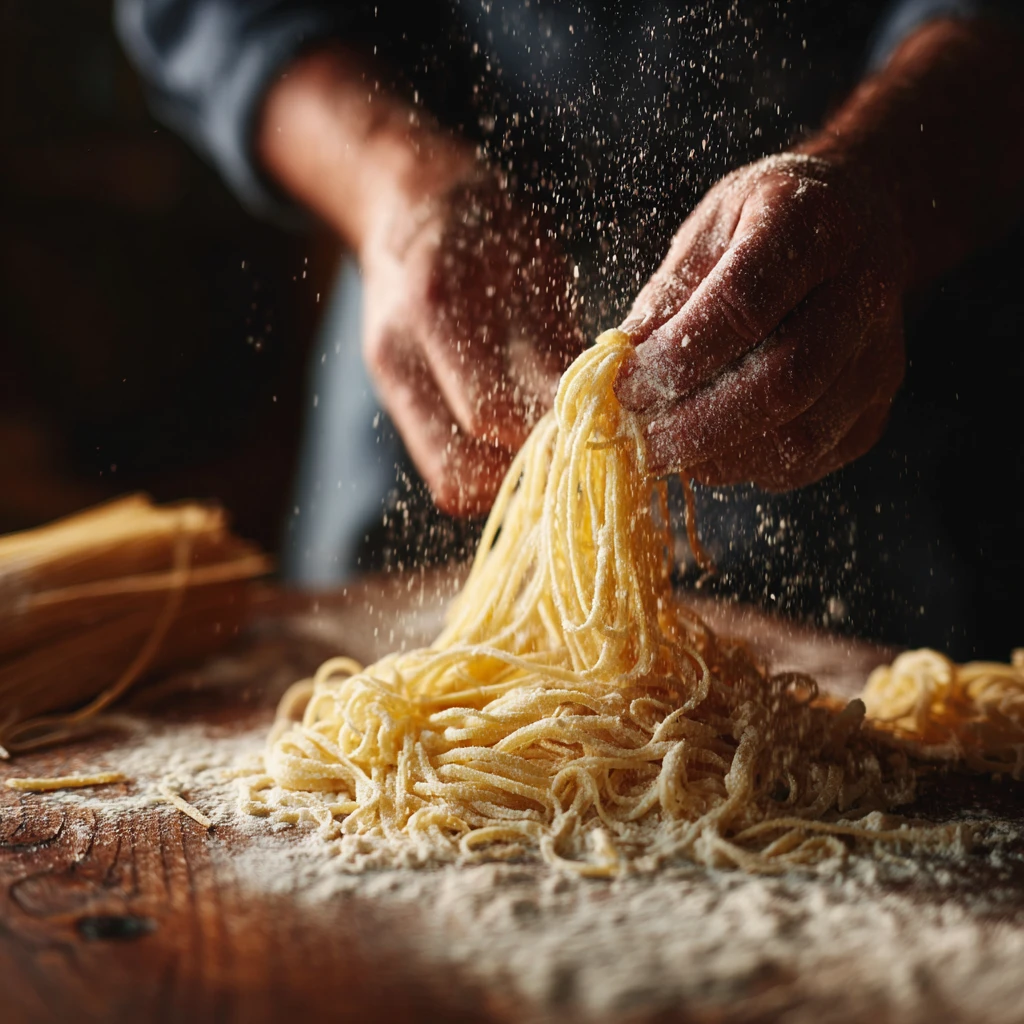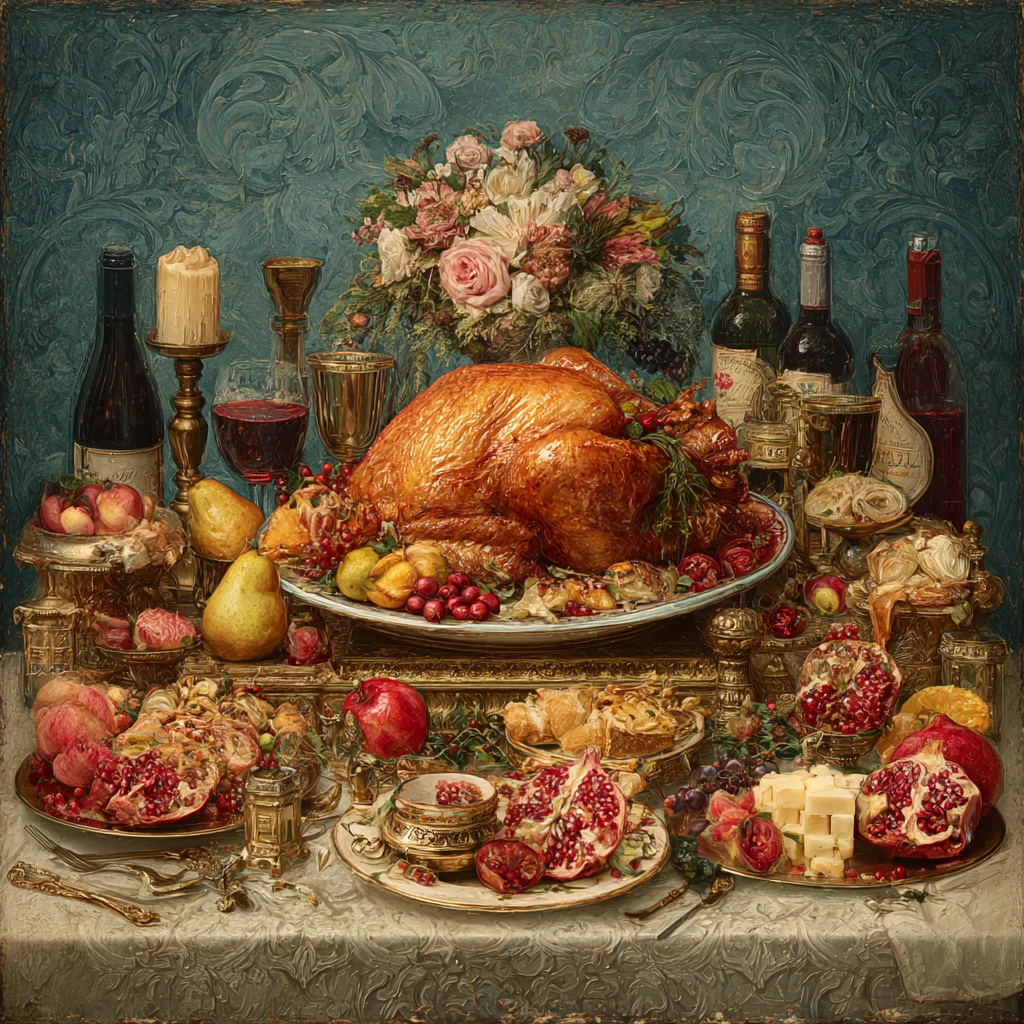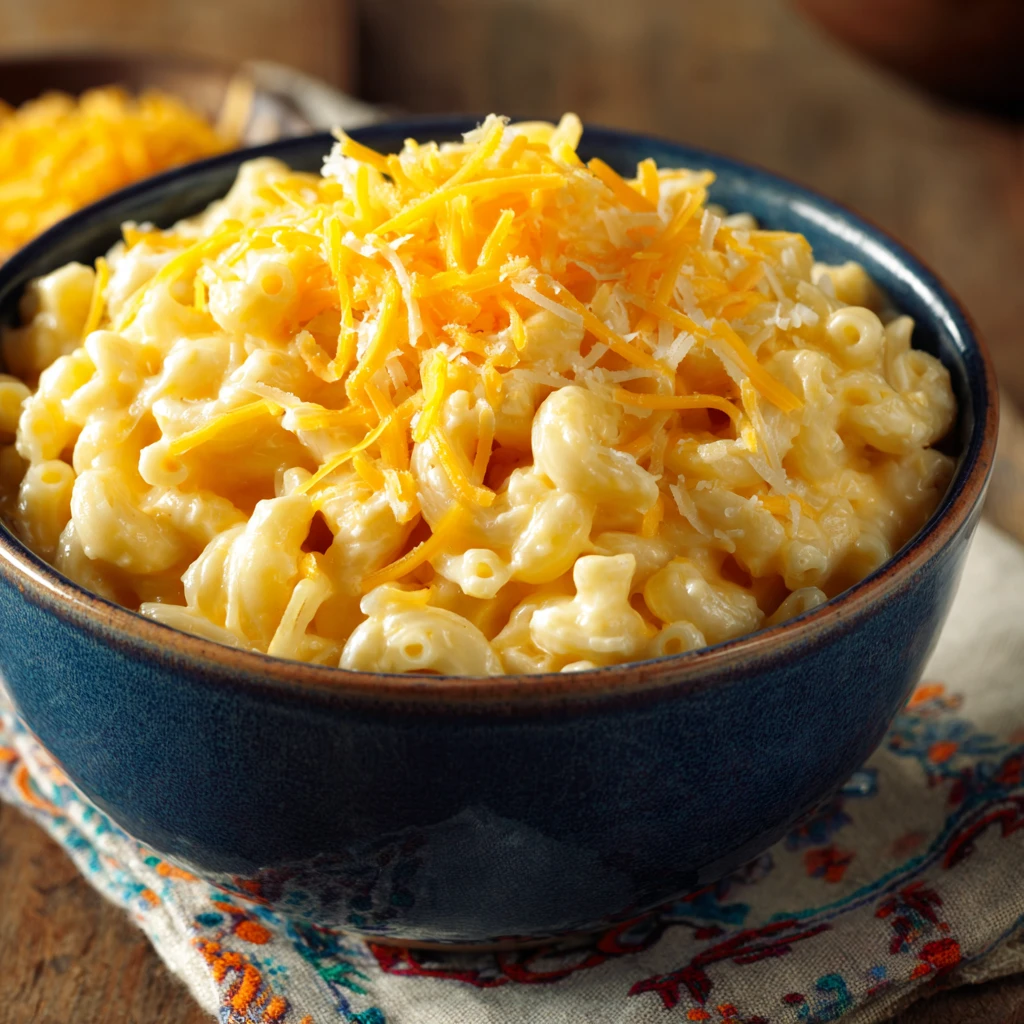Top 10 Pasta Dishes Worth Every Carb
Pasta. The very word conjures images of comforting meals, rich sauces, and satisfying slurps. In a world increasingly obsessed with carb-cutting, it’s time to celebrate the dishes that make indulging in pasta a truly worthwhile experience. These aren’t just your average weeknight meals; they’re culinary journeys that deserve a place on every pasta lover’s bucket list. So, loosen your belts, grab your forks, and prepare to dive into the top 10 pasta dishes worth every single carb.

1. Cacio e Pepe: Simplicity at Its Finest
Sometimes, the most exquisite flavors come from the simplest ingredients. Cacio e Pepe, Roman for “cheese and pepper,” is a testament to this philosophy. This dish highlights the quality of its ingredients: perfectly cooked pasta (traditionally tonnarelli or spaghetti), freshly grated Pecorino Romano cheese, black pepper, and a touch of pasta water to create a creamy, emulsified sauce.
Mastering the Art of Cacio e Pepe
The key to a great Cacio e Pepe lies in technique. Achieving the right consistency of the sauce requires careful attention to temperature and timing. The starchy pasta water is crucial, helping the cheese melt smoothly and cling to the noodles. Practice makes perfect, and once you master this seemingly simple dish, you’ll have a quick, satisfying, and incredibly flavorful meal in your repertoire. Think of it as a sophisticated, grown-up mac and cheese.
Beyond the Basics: Variations and Twists
While traditionalists may scoff, there’s room for subtle variations. A small pinch of nutmeg can add warmth, while a drizzle of high-quality olive oil at the end can enhance the richness. Purists will always swear by the original, but don’t be afraid to experiment with restraint.
2. Carbonara: The Creamy, Eggy Delight
Another Roman classic, Carbonara, is often misunderstood. Authentic Carbonara contains no cream. The creaminess comes entirely from a sauce made with eggs, guanciale (cured pork cheek), Pecorino Romano cheese, and black pepper.
The Authentic Carbonara Experience
The richness of the egg yolks, combined with the salty guanciale and sharp Pecorino Romano, creates a symphony of flavors. Cooking the guanciale to crispy perfection is essential, as is adding the sauce to the pasta off the heat to prevent the eggs from scrambling.
Avoiding Common Carbonara Pitfalls
The biggest mistake people make is using cream or bacon. While those versions might be tasty, they’re not true Carbonara. Also, be sure to temper the egg mixture with hot pasta water to prevent it from curdling when it hits the hot pasta.
3. Bolognese: A Rich, Meaty Ragu
Bolognese, or ragù alla Bolognese, is a meat-based sauce originating from Bologna, Italy. This isn’t your average jarred marinara with ground beef thrown in. Bolognese is a slow-cooked, complex sauce typically made with ground beef, pancetta, onions, carrots, celery, tomato paste, and red wine.
The Art of Slow Cooking Bolognese
The key to a truly exceptional Bolognese is time. Simmering the sauce for several hours allows the flavors to meld and deepen, resulting in a rich, satisfying ragù. It’s traditionally served with tagliatelle, a wide, flat pasta that perfectly complements the hearty sauce.
Building Layers of Flavor
The order in which you add the ingredients is important. Sautéing the vegetables until softened before adding the meat helps develop a deeper flavor profile. Deglazing the pan with red wine adds another layer of complexity, and using high-quality tomato paste will enhance the richness and color of the sauce.
4. Lasagna: The Ultimate Comfort Food
Lasagna is more than just a pasta dish; it’s an experience. Layers of pasta, meat sauce (often a Bolognese variation), ricotta cheese, mozzarella cheese, and béchamel sauce baked to golden, bubbly perfection.
Crafting the Perfect Lasagna
A good lasagna starts with a great sauce. Whether you use a traditional Bolognese or a simpler meat sauce, make sure it’s flavorful and well-seasoned. Don’t skimp on the cheese, and be generous with the béchamel sauce, which adds richness and prevents the lasagna from drying out.
Variations and Customizations
While classic lasagna is hard to beat, there’s plenty of room for customization. Vegetable lasagna with layers of zucchini, eggplant, and spinach is a delicious vegetarian option. You can also experiment with different cheeses, such as provolone or fontina.
5. Pesto Pasta: A Burst of Freshness
Pesto, traditionally made with basil, pine nuts, garlic, Parmesan cheese, and olive oil, is a vibrant and flavorful sauce that pairs beautifully with pasta.
The Magic of Homemade Pesto
While store-bought pesto is convenient, nothing compares to the taste of freshly made pesto. The aroma of freshly ground basil, the nutty flavor of pine nuts, and the sharpness of Parmesan cheese create an unforgettable flavor.
Choosing the Right Pasta for Pesto
Pesto works well with a variety of pasta shapes, but trofie, linguine, and spaghetti are particularly good choices. The sauce clings nicely to these shapes, ensuring that every bite is packed with flavor. A dollop of burrata cheese on top elevates this dish to another level.
6. Shrimp Scampi: Garlic Butter Goodness
Shrimp scampi is a classic Italian-American dish featuring shrimp sautéed in a garlic butter sauce, often with white wine and a squeeze of lemon juice.
Achieving Scampi Perfection
The key to great shrimp scampi is to not overcook the shrimp. They should be tender and juicy, not rubbery. Using high-quality butter and garlic is also essential. A splash of white wine adds acidity and depth of flavor.
Serving Suggestions for Scampi
Shrimp scampi is traditionally served over linguine, but it also pairs well with angel hair pasta or spaghetti. Garnish with fresh parsley and a sprinkle of red pepper flakes for a touch of heat.
7. Puttanesca: Bold and Flavorful
Puttanesca is a bold and flavorful pasta sauce made with tomatoes, olive oil, garlic, anchovies, capers, olives, and chili flakes.
The Story Behind the Sauce
The name “Puttanesca” translates roughly to “whore’s sauce” in Italian. There are several theories about the origin of the name, but one popular explanation is that the sauce was quick and easy to make, perfect for busy women who needed a fast and flavorful meal.
Balancing the Flavors of Puttanesca
The key to a great Puttanesca is balancing the salty, savory, and spicy flavors. The anchovies add umami, the capers and olives provide a briny tang, and the chili flakes add a touch of heat. Serve over spaghetti or linguine for a satisfying and flavorful meal.
8. Aglio e Olio: Simple and Delicious
Aglio e Olio, which translates to “garlic and oil,” is another simple yet incredibly flavorful pasta dish. It features spaghetti tossed with garlic, olive oil, red pepper flakes, and parsley.
The Power of Simplicity
Aglio e Olio is a testament to the power of simple ingredients. The key is to use high-quality olive oil and garlic. The garlic should be thinly sliced and sautéed in the olive oil until golden brown, infusing the oil with its flavor.
Adding Your Personal Touch
While the basic recipe is simple, you can add your own personal touch. A squeeze of lemon juice can add brightness, while a sprinkle of Parmesan cheese can add richness.
9. Vodka Sauce Pasta: Creamy Tomato Heaven
Vodka sauce pasta is a creamy tomato sauce enriched with vodka and Parmesan cheese. It’s often served with penne pasta.
The Secret Ingredient: Vodka
The vodka in the sauce doesn’t just add alcohol; it helps emulsify the tomato sauce and cream, creating a smooth and velvety texture. It also enhances the other flavors in the sauce.
Making the Perfect Vodka Sauce
Start by sautéing onions and garlic in olive oil. Add tomato paste and cook for a few minutes to deepen the flavor. Deglaze the pan with vodka, then add crushed tomatoes and cream. Simmer until the sauce has thickened, then stir in Parmesan cheese.
10. Pasta Primavera: A Celebration of Spring
Pasta Primavera is a dish that celebrates the fresh flavors of spring vegetables. It typically includes a variety of seasonal vegetables, such as asparagus, peas, zucchini, and bell peppers, tossed with pasta and a light sauce.
Showcasing Seasonal Vegetables
The key to a great Pasta Primavera is to use the freshest, highest-quality vegetables available. Lightly sauté the vegetables to retain their crisp-tender texture and vibrant color.
Creating a Light and Flavorful Sauce
The sauce for Pasta Primavera should be light and flavorful, allowing the vegetables to shine. A simple sauce of olive oil, garlic, lemon juice, and herbs is a perfect choice.
Frequently Asked Questions
Is pasta healthy?
Pasta can be part of a healthy diet when consumed in moderation and paired with nutritious ingredients like vegetables, lean protein, and healthy fats. Whole-wheat pasta is a good source of fiber, which can aid digestion and promote satiety.
What is the best way to cook pasta?
Use plenty of salted water and cook the pasta al dente, meaning “to the tooth.” It should be firm to the bite, not mushy.
How do I prevent pasta from sticking together?
Use enough water when cooking the pasta, stir it frequently during the first few minutes of cooking, and add a tablespoon of olive oil to the water.
What is the difference between spaghetti and linguine?
Spaghetti is round and thin, while linguine is flat and slightly wider.
What is the best cheese to use for pasta?
Parmesan, Pecorino Romano, and Grana Padano are all excellent choices for pasta dishes.




